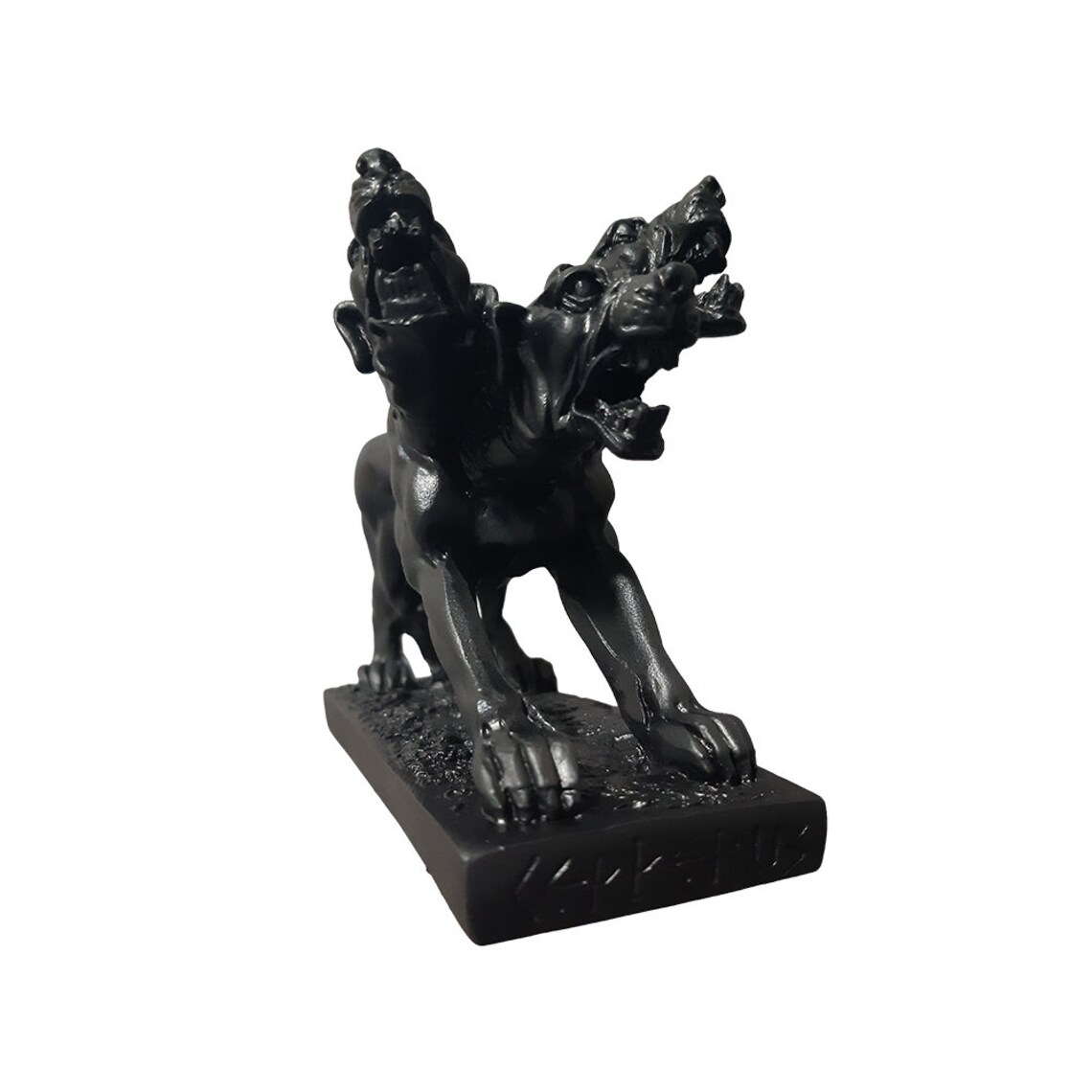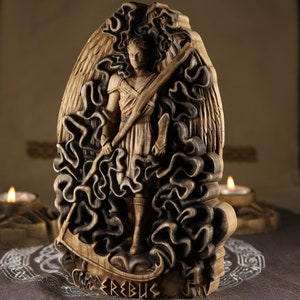

The entire expedition, comprising 129 men, including Franklin, was lost.
/https://www.thestar.com/content/dam/thestar/news/canada/2018/10/12/its-canadas-greatest-naval-mystery-and-michael-palin-has-climbed-aboard/erebus_bell.jpg)
After a few early fatalities, the two ships became icebound near King William Island in the Canadian Arctic, in what is today the territory of Nunavut.

His fourth and last, undertaken when he was 59, was meant to traverse the last unnavigated section of the Northwest Passage. A Royal Navy officer and experienced explorer, Franklin had served on three previous Arctic expeditions, the latter two as commanding officer. The so-called “ Franklin’s lost expedition” was a British voyage of Arctic exploration led by Captain Sir John Franklin that departed England in 1845 aboard two ships, HMS Erebus and HMS Terror. The distance to be navigated was roughly 1,670 kilometres. It was into this unknown area that the next expedition was to sail, heading west through Lancaster Sound and then west and south as ice, land, and other obstacles might allow, to complete the Northwest Passage. Among these explorers was John Franklin, second-in-command of an expedition towards the North Pole in the ships Dorotheaand Trentin 1818 and the leader of overland expeditions to and along the Canadian Arctic coast in 1819––27. By 1845, the combined discoveries of all of these expeditions had reduced the relevant unknown parts of the Canadian Arctic to a quadrilateral area of about 181,300 km 2. Over the next four decades, explorers made productive trips to the Canadian Arctic. In 1804, Sir John Barrow became Second Secretary of the Admiralty, a post he held until 1845, and began a push by the Royal Navy to complete the Northwest Passage over the top of Canada and to navigate toward the North Pole. By 1800, the discoveries had already showed conclusively that no Northwest Passage navigable by ships lay in the temperate latitudes between the Pacific and the Atlantic Oceans. These voyages, when to any degree successful, added to the sum of European geographic knowledge about the Western Hemisphere, particularly North America, and as that knowledge grew larger, attention gradually turned toward the Arctic.
#Erebus statue series#
The search by Europeans for a western shortcut by sea from Europe to Asia began with the voyages of Christopher Columbus in 1492 and continued through the mid- 19th century with a long series of exploratory expeditions originating mainly in England.


 0 kommentar(er)
0 kommentar(er)
